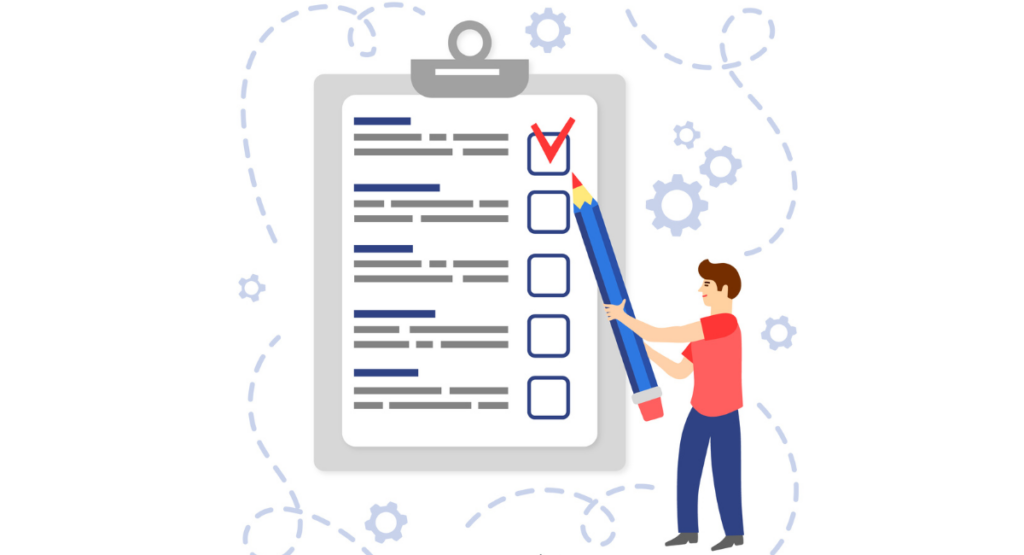If everything goes well, then in this dynamic world of software development, a well-structured test plan will provide the overall roadmap for quality assurance and error detection before anything reaches the end user.
The test plan outlines the test strategy and scope of the testing activities, which ensures that all functionalities and risks associated are completely assessed.
This significant document should be prepared for the testing phase of software development, ensuring that test objectives align with business goals and regulatory requirements.
In other words, the test plan is an agreement between parties about what to test, how, and when; therefore, it targets clear expectations regarding the project and the involved stakeholders.
Importance of Test Plan

Definition and purpose of a test plan
A test plan provides a specific document outlining the scope, approach, resources, and schedule of intended testing activities.
It explains all the activities that need to be executed in order to test a software application before it is released for production use.
The primary goal of the test plan is also to explain how the testing will be done, in addition to ensuring that all parts of an application are functionally tested based on requirements given by the client or by management.
Benefits of having a test plan
A test plan has many advantages. It provides a structured way of testing, where nothing major can be left out from the test scenarios, thereby assuring that the testing activities are done effectively as well as with complete coverage.
It supports communication among team members and other stakeholders in that it clearly shows a very fine roadmap of the testing activities and expectations.
In addition, test analysis will help in risk management by spotting issues right at the beginning of the cycle, which may save costs and reduce project delays.
Moreover, testing provides a record process in order to maintain consistency and quality throughout the development cycle. It gives a foundation for future projects, thus improving overall efficiency.
Components of Test Plan
Scope and objectives
Testing scope and objectives what it pursues in the software, coupled with the goals expected to be achieved out of the testing process. It also gives an important description of all features to be tested, including those items that are outside its scope.
This is very critical because it helps set an expectation clearly and provides a focus for the testing team to work on defined areas of the application in choosing efforts, hence improving efficiency and effectiveness.
Test strategy
The test strategy outlines the overall approach to the testing process, including what types of testing will be undertaken. This comprises unit, integration, system, and acceptance testing.
It defines the levels of testing, roles, and responsibilities involved, and major project risks. This section is very important in guiding the testing team to ensure that the approach applied is consistent with achieving the project objectives and industry standards.
Test cases and scenarios
Test cases and scenarios form the core of any test plan. They contain specific inputs, execution conditions, and expected results that guarantee that an application will work correctly under various conditions.
This detailed formulation of test cases and scenarios assists in detecting important defects and confirming both functional and non-functional requirements of the system.
This element also comprises a traceability matrix, mapping test cases back to corresponding requirements, which ensures the coverage of all requirements.
Test environment
The test environment section describes the Hardware, Software, network configurations, and any other tool required to execute the test cases.
This should be as near to the production environment as possible for accurate results in testing.
The test environment means that tests are run under constant conditions, and hence the variables that may affect the result are eliminated by specifying the test environment.
Resource allocation
This section of the plan details human, technological, and physical resources that will be utilized during testing.
Resources include the roles and responsibilities of the members of the test team, the training that will be required for the team, and provisions relative to the use of tools and equipment.
Resources are very important in adhering to the project timelines and budget.
Schedule and timelines
The schedule and timelines section is a table showing the start and end dates for different phases of testing, like test planning, execution, and evaluation.
It is used to show progress being made and assurance that all testing activities will be covered within the stipulated time frame; very important for timely delivery of a project.
How to Create a Test Rental

Identify project requirements
To kick off the creation of a test plan, it is crucial to thoroughly identify and understand the project requirements. These requirements detail what the software should do and set a benchmark for testing.
Gather requirements through documentation, stakeholder interviews, and user analysis to ensure nothing is overlooked. This comprehensive understanding will guide the entire testing process.
Define test objectives and scope
Once the requirements are clarified, the next step is defining clear test objectives and the scope of testing. Objectives might include confirming the functionality of features, performance benchmarks, and security standards.
Meanwhile, determining the scope involves deciding on which features will be tested and to what extent, helping to manage testing efforts effectively.
Develop a test strategy
At a late stage, the testing strategy development reflects the decisions of how the testing will be carried out.
This shall include opting for appropriate types of testing, such as unit, integration, system, or acceptance testing; whether the testing will be manual or automated; and the choice of methodologies and tools that will be employed.
The strategy has to be aligned to the goals of the project and to the availability of resources.
Create detailed test cases and scenarios
Based on the defined strategy, details of test cases and scenarios to be covered in project requirements should be worked out in full detail.
At a minimum, every test case should mention input, action, and the expected outcome. This will ensure that all functional and non-functional requirements are duly covered.
It is also important to stipulate negative scenarios with respect to testing under conditions of error.
Allocate resources and define roles
Your test plan must clearly allocate the necessary resources and define the roles and responsibilities of the testing team members.
This includes identifying the personnel needed, the hardware and software requirements, and any other logistical needs.
Clear role definitions help in avoiding confusion and ensure that each aspect of testing is covered by an appropriate team member.
Establish a test environment
It is necessary to implement a test environment, as much as possible, which is like the production environment. It should support all the needs for testing and must not be impacted by any changes from outside in an environment during the testing phase.
Setting up hardware, software, network configurations any tool you might need should be your environment setup.
Set up a testing schedule
Clearly defined testing schedule will help in effective time and resource management and shall ensure the accomplishment of testing milestones.
The schedule must state when each phase of the test will start and end, how these fit within the timeline of the overall project, smooth flow of testing activities without hampering other project tasks, and the maintenance of the sequence.
Review and finalize the test plan
The last step in how to create a test plan is reviewing and finalizing the test plan. This is to ensure all components of the test plan are complete and feasible, modified if necessary by taking feedback from stakeholders and team members.
If vetted for completeness and realism, the test plan shall now help drive your team through the testing process effectively.
Book a Demo and experience ContextQA testing platform in action with a complimentary, no-obligation session tailored to your business needs.
Conclusion
One of the most important things in any software development project is a comprehensive test plan.
This sets the extent of, and hence directs, the entire testing activity and ensures that the final software meets all functional and non-functional requirements, conforming to the geographical variances of its usage.
By keeping in mind the presence of a test plan and all the ingredients of it, at one end, proper coverage can be achieved while at another end, problems are being projected, hence providing an overall quality product.
Just keep in mind, a quality test plan is an absolute basis for the correct delivery and maintenance of software. It thus holds the guaranty of return in time resources.
Also Read - Popular Test Automation Frameworks: How to Choose
